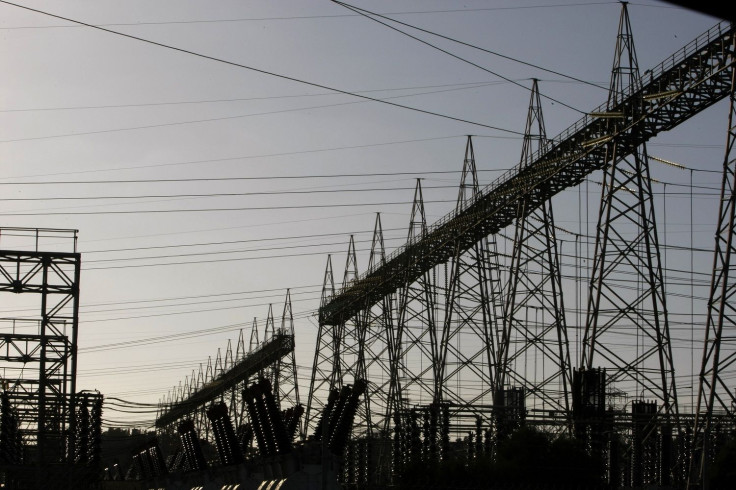Australia energy: High power prices putting jobs in jeopardy, AI Group warns

The increase in energy costs across households and businesses in Australia is expected to continue, according to the Australian Industry Group. The escalating prices can be attributed to rising gas prices, putting jobs at risk.
According to the report – titled “Energy Shock: No gas, no power, no future?” – energy pricing and reliability is becoming a risk for Australian business. More than half of the 285 private sector CEOs that participated in the survey said they predicted prices will up in 2017.
The recent escalations witnessed in power prices are largely due to rising gas exports, the closure of ageing power stations, restrictions on onshore gas development and surging electricity demand. Wholesale electricity prices are on a steady rise, increasing by almost 100 percent. In terms of gas and electricity prices, once completely passed through, households may have to pay an additional $3.6 billion a year and businesses $8.7 billion a year. Last year, the energy costs for several businesses had jumped three times, the AI Group said.
“Politics-driven energy policies are making a bad situation worse,” AI Group chief executive Innes Wilcox said. “This includes decisions to put gas development on hold in NSW, Queensland and the Northern Territory, partisan warfare on energy and climate at the federal level, and entirely uncoordinated state renewable energy targets.”
The gas market has been held responsible as the principal factor influencing the increase in rises. “The high and rising price of gas means that existing gas-powered [electricity] generators will be significantly more expensive,” the report says. “The electricity market’s design means that gas generators often set the price for the whole market. And as they generate more often with more expensive fuel this is translating into higher average prices.”
Several businesses have been forced to consider sacking employees, particularly in South Australia, due to increasing energy costs in the National Electricity Market and East Coast Gas Market, the AI Group said. Nearly 40 percent of businesses suffered price hikes last year. On the contrary, only nine percent witnessed prices slumping. Other businesses said their energy prices went up by 100 percent, while some saw a 200 percent rise.
Bringing energy prices down would not be an easy task, Wilcox said. “More available gas will help electricity, as will meeting the existing RET (Renewable Energy Target) and settling national coherent energy and climate policy reforms to ease transition and reward low-cost flexibility," he said.




















